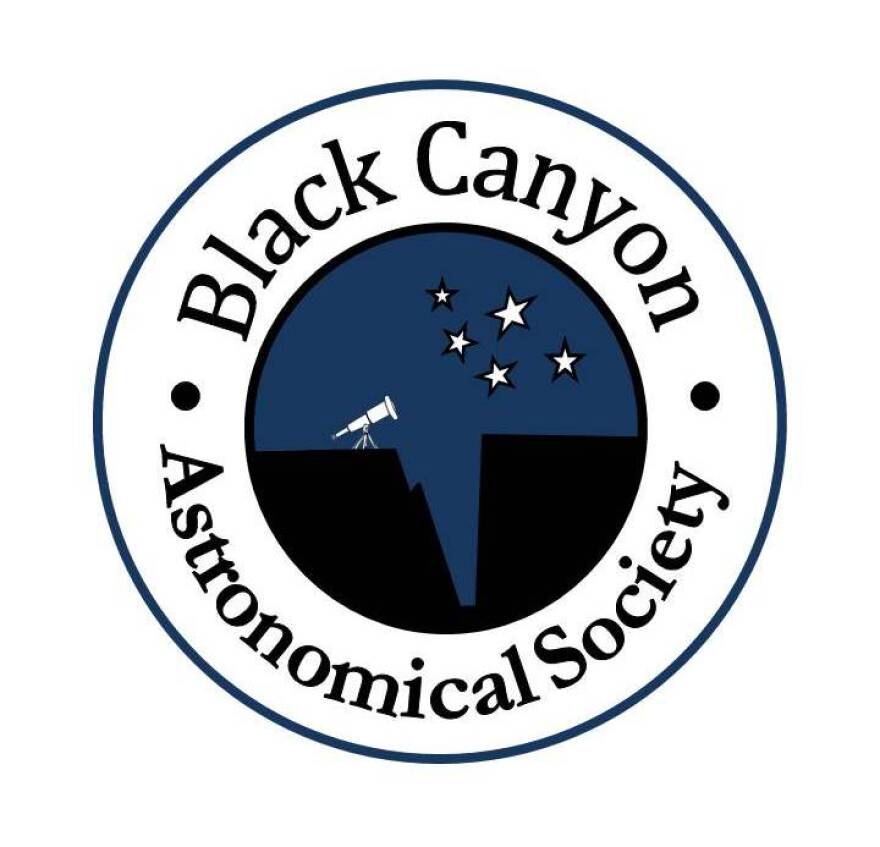High in our winter evening sky you’ll find the 6th-brightest star, yellow-white Capella, along with other stars of the constellation Auriga.
In modern astronomy, constellations are defined as discrete areas of the sky, and Auriga is the 21st-largest of 88 official constellations. The names of many constellations originated in ancient times. True to form, the stars of Auriga were often depicted as a charioteer or a chariot in both ancient western and Chinese artwork. In some renditions, the charioteer is transporting goats, with 3 stars comprising a triangular pattern called “The Kids.”
Auriga contains many fascinating stars and deep sky wonders. The winter Milky Way trends through Auriga, and with binoculars we see within Auriga’s borders numerous clusters of stars and star clouds that belong to an outer arm of our home galaxy.
Several of Auriga’s brightest stars are intriguing. Brilliant Capella is actually a gravitationally bound 4-star system. The Capella system consists of 2 yellowish-white sub-giant stars that are each about 70 times brighter than our Sun, and 2 reddish dwarf stars that are much fainter than our Sun. At a distance of “only” 42 light years, or 240 trillion miles, the Capella system is a stellar neighbor.
Some of Auriga’s other bright stars are eclipsing binaries. These are pairs of stars whose brightness varies due to eclipses that we observe from our angle of view. One of these is Menkalinan, also known as Beta Aurigae, the constellation’s second brightest star. Every 47 hours, Menkalinan dims slightly, as we observe one star to pass in front of the other. Stranger still is the star Epsilon Aurigae, also known as Almaaz. Epsilon Aurigae typically maintains a constant brightness for about 27 years and then dims to less than half that brightness for more than an entire year! Some astronomers have suggested that Epsilon Aurigae is orbited by a second star that is surrounded by a huge disk of dust. In this theory, the dust periodically blocks much of the light from the primary star.

Take some time this season to enjoy the stellar wonders of constellation Auriga!
Western Slope Skies is produced by the Black Canyon Astronomical Society. This episode was written and recorded by Art Trevena.


